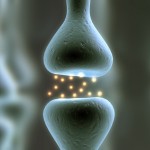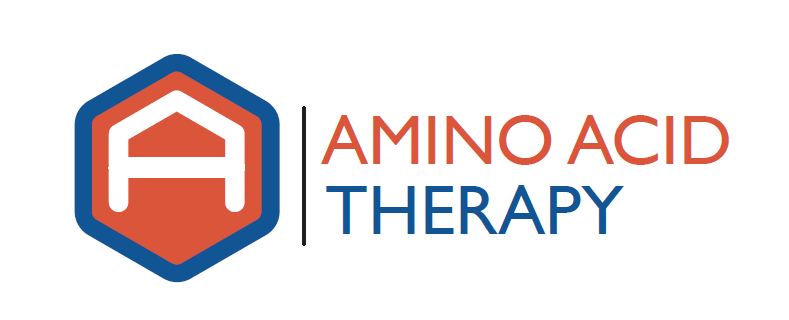 Recall from our Introduction to Amino Acid Therapy that amino acid therapy entails supplying each person the right balance of amino acids they need along with the other nutrients (called cofactors) to restore proper neurotransmitter function. This process often requires specialized laboratory testing to help determine each person’s ideal amino acid dosing. Once proper neurotransmitter balance is restored, symptoms related to neurotransmitter imbalance disappear.
Recall from our Introduction to Amino Acid Therapy that amino acid therapy entails supplying each person the right balance of amino acids they need along with the other nutrients (called cofactors) to restore proper neurotransmitter function. This process often requires specialized laboratory testing to help determine each person’s ideal amino acid dosing. Once proper neurotransmitter balance is restored, symptoms related to neurotransmitter imbalance disappear.
But how does it work?
Based on the peer reviewed research and our clinical observation, we have found that the serotonin-catecholamine neurotransmitter system has primary control over most of the other neurotransmitter (and even hormonal) systems of the body. What this means is that if we can balance the serotonin-catecholamine system (which includes dopamine, norepinephrine and epinephrine), other neurotransmitter and hormone imbalances correct themselves. This makes using amino acid therapy an incredibly efficient and effective tool to correct the underlying cause of numerous disorders.
The Serotonin-Catecholamine System
Each neurotransmitter is made from a specific amino acid through a series of steps that require specific nutrients (called cofactors). Serotonin is made from 5-hydroxtryptophan (5-HTP), which is derived from the amino acid L-tryptophan. Dopamine (and the other catecholamines: norepinephrine and epinephrine) is made from L-dopa which is derived from the amino acid L-tyrosine.
Picture from Marty Hinz, MD: www.neuroassist.com
Taking these amino acids and cofactors is the only way to improve neurotransmitter levels and function in the brain because the neurotransmitters themselves cannot cross the blood-brain barrier. Therefore, any imbalance in neurotransmitter function can be corrected by supplying the body the exact right ratio of amino acids and cofactors needed to optimize function. This sounds simple, but it practice it isn’t so straightforward.
Properly Balanced Amino Acid Therapy
It is crucial to give each person the exact amount(s) of amino acids and cofactors they need to address their particular imbalance(s). This is because many of the amino acids and/or neurotransmitters can interact with each other, as shown in the following diagram:
Illustration taken from Marty Hinz, MD – www.hinzmd.com
Taking a look at the interactions above, one can easily see that even though 5-HTP and L-tyrosine are made into serotonin and dopamine, respectively, they also have a number of other effects that can cause depletion and/or imbalance in other neurotransmitters. Because of this, the odds of a person (whether they are a client or a practitioner that isn’t trained in the proper use of amino acid therapy) guessing the correct blend of amino acids necessary to address an individual’s specific issues are virtually zero.
This is why it is so important to work with a health care professional that is trained in the proper use of amino acid therapy: you have to take properly balanced amino acids when you are attempting to improve neurotransmitter function. If you take only one amino acid precursor or an amino acid formula that doesn’t fully address your specific needs, you can easily make the original neurotransmitter imbalance worse and/or create new imbalances that can cause new problems. Working with a health care provider that has the requisite training and experience using amino acid therapy can minimize the time needed to achieve optimal neurotransmitter function by getting your amino acids needs dialed in as quickly as possible.



